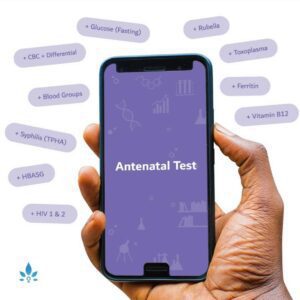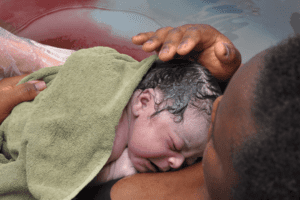How should I Expect my Skin to Change during Pregnancy?


Up to 90% of women will experience striae gravidarum (stretch marks) and hyperpigmentation of the skin during pregnancy. Why some women are more affected than others remains unclear, however, the increased levels of oestrogen and relaxin are thought to contribute to both conditions. Hyperpigmentation usually manifests as dark patches of skin around the areolas and a dark line (linea nigra) running from the belly button to the pubic bone. When it affects the face it is known as melisma, or the ‘mask of pregnancy’. It usually disappears after birth. Stretch marks will not disappear completely, but will fade with time.
Whilst some women find their complexion is improved during pregnancy and they exhibit a characteristic ‘rosy glow’, others find a worsening of pre-existing skin conditions such as acne and atopic dermatitis. Once again, the underlying cause is likely to be fluctuations in hormone levels. Acne, specifically, can be exacerbated by an increase in male hormones (androgens) during the third trimester.
Read more about the changes accompanying pregnancy.













































